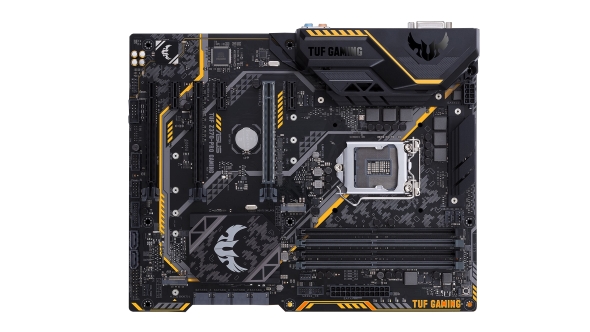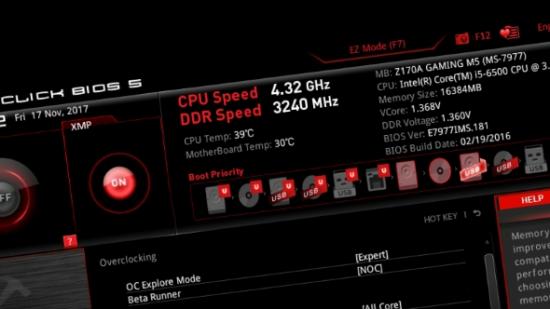Intel have announced that by 2020 they are going to phase out the final remnants of the PC BIOS and make a complete switch over to UEFI firmware. That will make hardware development easier, make it simpler to recover a bust OS install, and even boot quicker.
That’s a few years away, but here’s our pick of the best CPUs for gaming right now.
The Basic Input/Output System (BIOS) is a little bit of code written into the metal of the motherboard. It’s the code that gets everything going in the morning, makes all those checks on your hardware, finds out how much RAM is reported, which drive you need to boot from, and how quickly your CPU is meant to be running. But it’s all rather slow.
It’s like a confused old man trying to use Skype on Christmas day to call the estranged grandchildren. Right, is this the microphone? Am I plugged in? Can you see me? Who are you? Did I just poop?
After it’s slowly ground through all its checks the BIOS then offloads to your OS and lets you get on with your day.
The Unified Extensible Firmware Interface (UEFI) was introduced to speed all this up and essentially replace the BIOS. But a decade after it was introduced to the PC with everyone’s favourite version of Windows (Vista 64-bit, obvs.) we’re still stuck with a whole lot of old-school BIOS features.

Most modern machines have a UEFI setup, but we still refer to the stuff our PCs do before Microsoft gets involved as the BIOS. That’s partly because the UEFI side of things has been made almost invisible to allow for backwards compatibility for old hardware and software which still relies on the original BIOS stuff.
A lot of what we use now, however, doesn’t require that compatibility support so it looks like Intel want to draw a line in the legacy sand by 2020 and cut it off. Now, 2020 used to seem like a long way off, but as we stagger on towards 2018 it really isn’t. And that’s no bad thing as it’s going to free up the hardware manufacturers from having to find workarounds for ancient software.
It will also free us up to do funky things like install an operating system onto our PC purely by connecting our motherboard up to the interwebs and making a quick connection to Microsoft or a friendly Linux repository. It should also mean fewer legacy checks on hardware, making getting to the fun PC stuff much quicker.
Here’s hoping.
